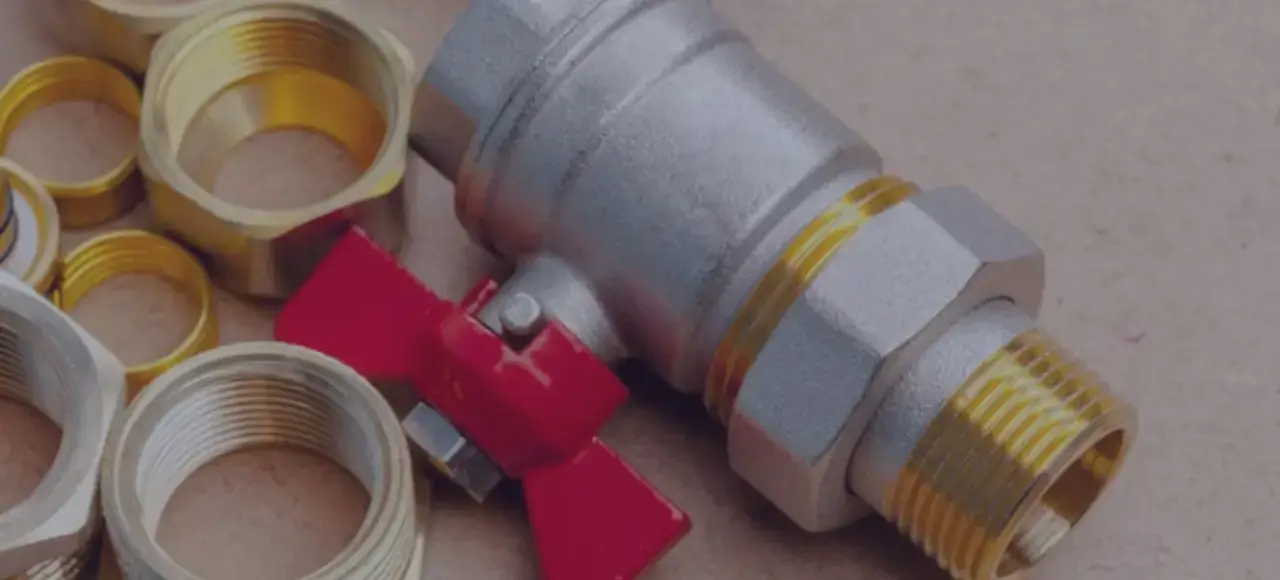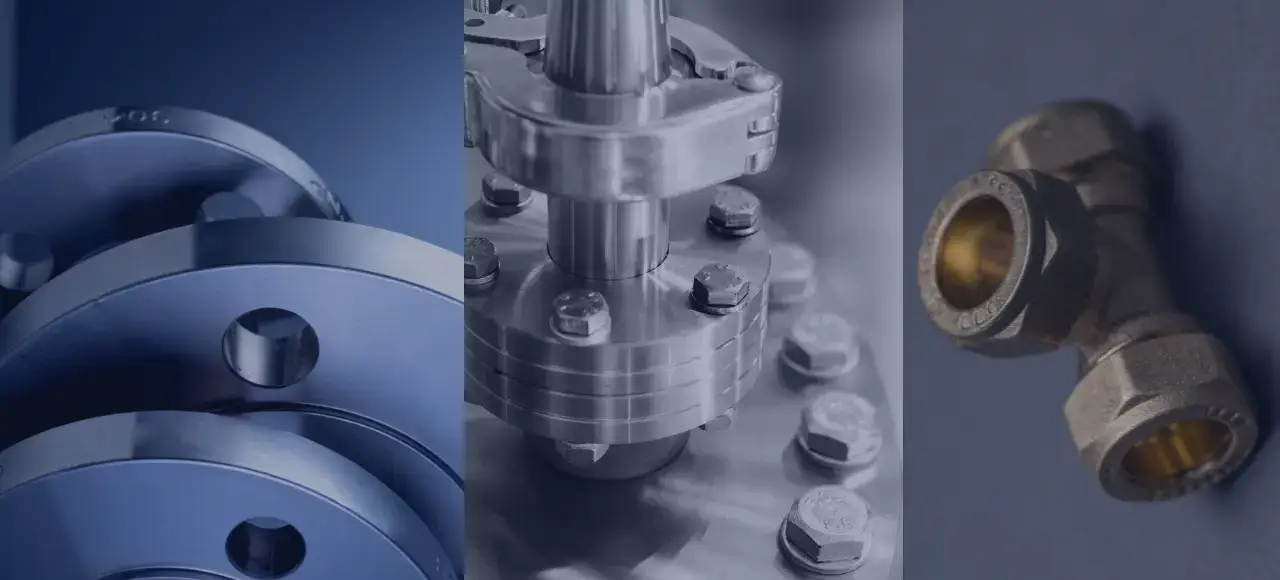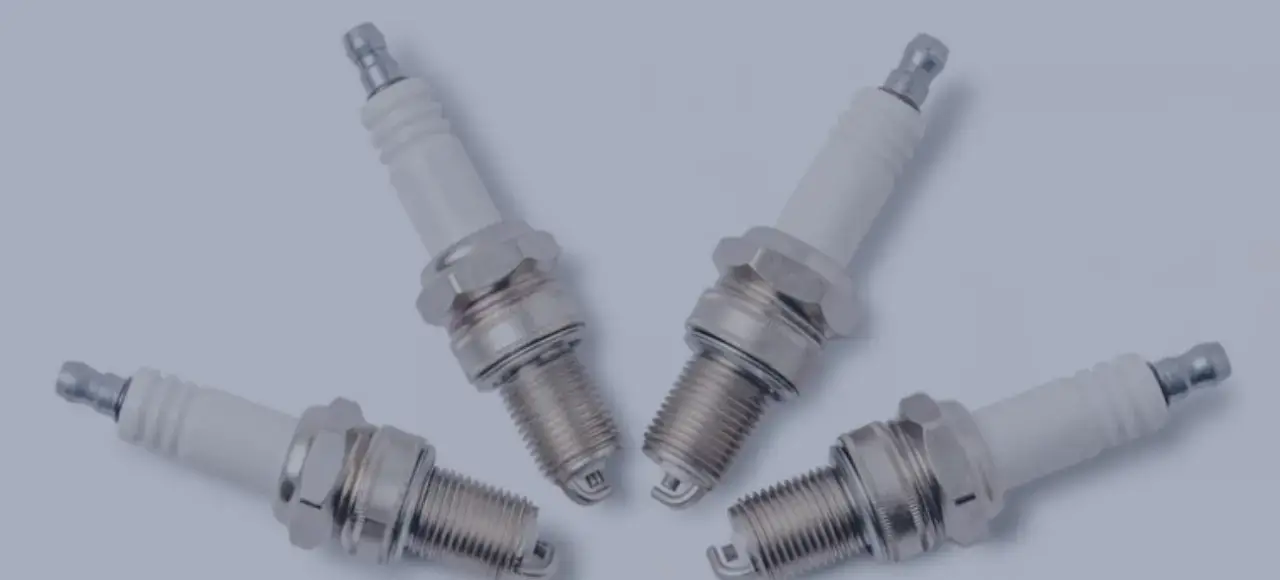The transfer of fluids in industrial settings is a crucial process that requires seamless integration between various piping systems. However, connecting these systems can be challenging due to their use of different materials, sizes, and configurations. Luckily, piping adaptors provide a solution. These devices are crucial in bridging the gap between dissimilar piping systems, allowing efficient fluid transfer. In this blog, we will explore the world of piping adaptors, including their types, applications, advantages, and best practices for successful implementation.
Role of Piping Adaptors
Piping adaptors, or pipe couplings or connectors, are mechanical components that unite two or more pipes or tubes with different attributes. They facilitate secure and dependable connections between divergent piping systems as vital intermediaries. The significance of piping adaptors in industrial operations cannot be overstated, as they allow for continuous fluid transfer within a facility without requiring costly and time-consuming modifications to the existing piping infrastructure.
Types of Piping Adaptors
Flanged Adaptors
Featuring flanges on either end, flanged adaptors enable straightforward connection to pipes with matching flanges. These adaptors are predominantly employed in large-scale industrial applications, such as water supply networks, chemical processing plants, and oil refineries, where robust connections are imperative.
Compression Adaptors
Utilizing compression fittings, compression adaptors facilitate the joining of pipes with varying diameters or materials. The compression nut compresses a ferrule against the pipe, creating a tight, leak-proof seal. These adaptors are particularly valuable when pipes must be disassembled and reassembled frequently, as they offer flexibility and reusability.
Threaded Adaptors
Equipped with male and female threads on each end, threaded adaptors allow for the straightforward joining of pipes featuring compatible threads. This type of adaptor is commonly employed in plumbing applications and smaller-scale industrial systems.
Transition Adaptors
Designed explicitly for connecting pipes with different diameters, transition adaptors incorporate various connection methods, such as flanges, threads, or compression fittings, to achieve a seamless link between pipes of disparate sizes.
Applications of Piping Adaptors
- Connecting Different Materials: In industries where multiple materials are used for pipes due to varying requirements, piping adaptors form secure connections between these diverse materials.
- System Upgrades and Retrofits: As industries evolve, upgrading or retrofitting piping systems becomes necessary. Piping adaptors enable the integration of modern components with existing infrastructure, ensuring a smooth transition without significant downtime.
- Temporary Connections: Piping adaptors provide a quick and reliable solution for temporary setups in construction projects or emergencies, ensuring fluid continuity without compromising safety.
- Pipeline Repair and Maintenance: Piping adaptors play a vital role in pipeline repair and maintenance activities. They allow swift replacement of damaged sections without requiring extensive pipeline modifications.


Advantages of Piping Adaptors
Piping adaptors offer numerous advantages, making them indispensable components in the industrial landscape. Let’s delve into some of the key benefits:
Seamless Integration
One of the primary advantages of piping adaptors is their ability to seamlessly integrate different piping systems with distinct materials, sizes, and configurations. They are a vital intermediary, ensuring a secure and reliable connection between dissimilar pipes.
Versatility
Piping adaptors exhibit remarkable versatility, as they can be customized to suit various pipe sizes, materials, and connection types. This adaptability makes them invaluable in diverse industrial environments where different piping systems coexist.
Time and Cost Savings
Using piping adaptors saves industrial facilities significant time and cost during installations, repairs, and modifications. Adaptors reduce the need for extensive pipeline alterations, streamlining the entire process and minimizing downtime.
Flexibility and Reusability
Specific piping adaptors, such as compression adaptors, offer flexibility and reusability. They allow pipes to be disassembled and reassembled multiple times without compromising the integrity of the connection. This feature is particularly advantageous in applications where frequent modifications are required.
Enhanced Safety
Piping adaptors provide secure connections, preventing leaks and potential accidents. Ensuring a safe and leak-free fluid transfer contributes to overall safety in industrial environments, reducing the risk of spills or hazardous situations.
Facilitating Upgrades and Retrofits
Upgrades or retrofits may become necessary when industrial processes evolve. Piping adaptors enable the integration of modern components into existing piping systems without requiring extensive modifications, resulting in minimal disruption to operations.
Connecting Different Materials
In industries where various materials are used for pipes due to specific requirements, piping adaptors play a crucial role in creating reliable connections between dissimilar materials. This allows facilities to optimize their piping systems for different applications.
Emergency Solutions
Piping adaptors offer quick and reliable solutions for emergencies or temporary setups. They allow for creating temporary connections, ensuring uninterrupted fluid flow until a permanent solution can be implemented.
Reduced Environmental Impact
Piping adaptors’ efficient installation and repair capabilities contribute to a reduced environmental impact. By minimizing the need for extensive pipeline modifications, adaptors help conserve resources and reduce waste.


Wide Range of Applications
They have various uses in a wide range of industries, such as oil and gas, petrochemicals, water treatment, manufacturing, and construction. Their flexibility and ability to adapt make them essential in numerous industrial procedures.
Best Practices for Piping Adaptor Implementation
- Thorough System Assessment: Conduct a comprehensive analysis of the piping systems involved to identify the appropriate adaptor type and size required for the connection.
- Quality Assurance: Select piping adaptors from reputable manufacturers to ensure high-quality materials and reliable performance.
- Proper Installation: Follow the manufacturer’s guidelines and industry standards for correctly installing piping adaptors to guarantee a leak-free and durable connection.
- Regular Inspection and Maintenance: Periodically inspect and maintain piping adaptors to detect wear, corrosion, or damage and promptly address any issues to avoid potential failures.
Conclusion
Piping adaptors are indispensable components in the industrial realm, enabling the seamless connection between different piping systems. With their versatility, time-saving benefits, and enhanced safety features, piping adaptors have become essential for engineers and operators worldwide. By understanding the various types, applications, and best practices for their implementation, industries can harness the power of piping adaptors to ensure efficient fluid transfer and smooth operations in their pipelines.
Zetwerk is the leading manufacturer and supplier of high-quality piping adaptors and fitting solutions for heavy-duty industrial requirements. With a focus on excellence and reliability, Zetwerk delivers cutting-edge products that meet the highest standards of precision and performance. Trusted by industries worldwide, Zetwerk’s solutions ensure seamless fluid flow and structural integrity for diverse projects, from construction to petrochemicals.




FAQs
Piping adaptors come in various types, including flange adaptors, compression adaptors, threaded adaptors, and transition adaptors. Each type serves a specific function: joining pipes with flanges, compression fittings, threads, or different diameters.
Piping adaptors find widespread application in industrial settings, including oil and gas, petrochemical, water treatment, and manufacturing industries. They are used in pipeline repair and maintenance, system upgrades, connecting different materials, and creating temporary connections in emergency scenarios.
Piping adaptors provide secure and leak-free connections, ensuring the safe transfer of fluids in industrial environments. They contribute significantly to overall safety and environmental protection by preventing leaks and potential accidents.
Piping adaptors offer several advantages, including versatility, time and cost savings, minimized downtime, flexibility, and enhanced safety. Their ability to connect different piping systems and materials makes them indispensable for optimizing industrial processes.
The reusability of piping adaptors depends on the type and material. Specific adaptors, such as compression adaptors, can be disassembled and reassembled multiple times without compromising their performance, making them a flexible and reusable solution.




